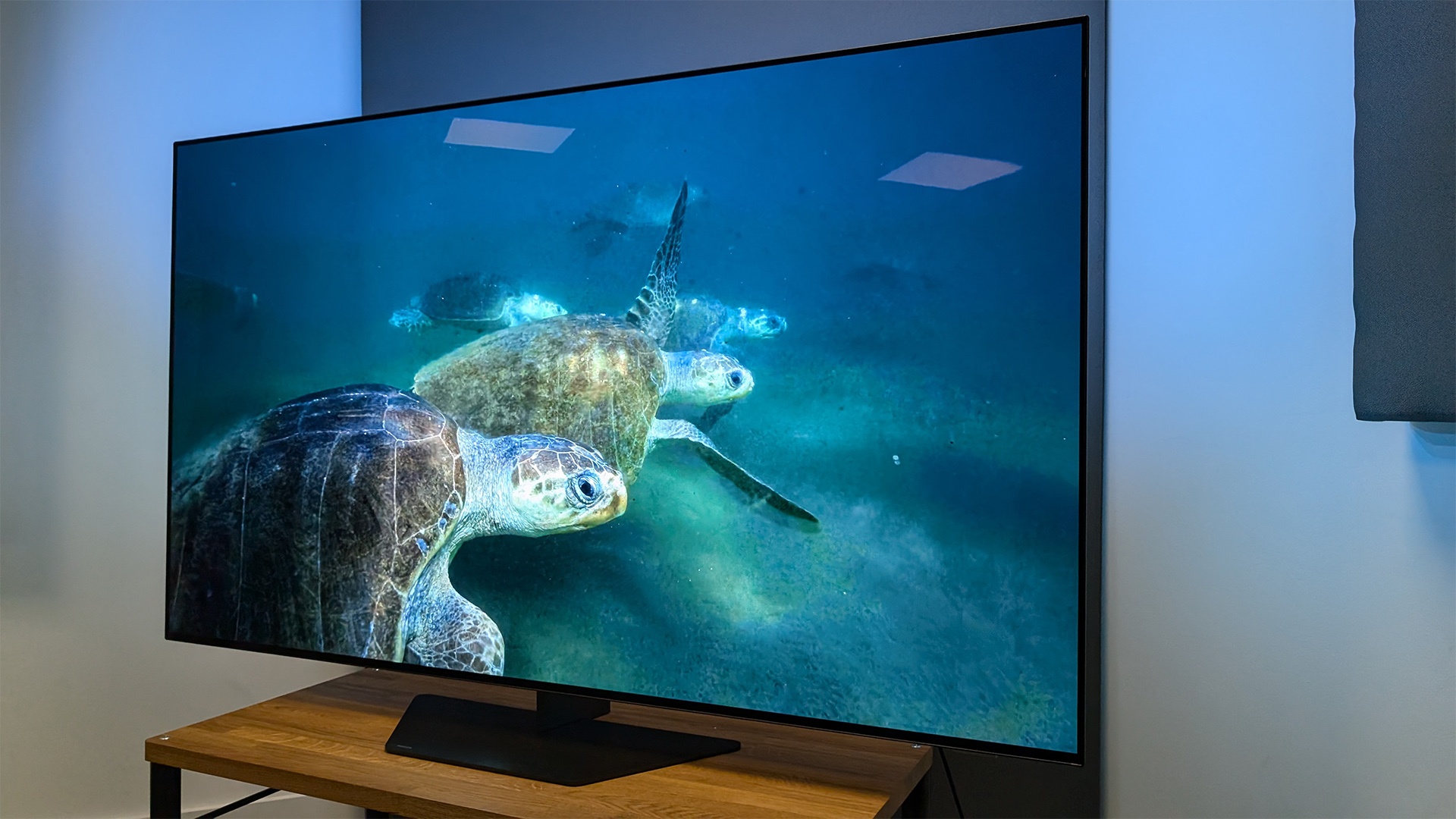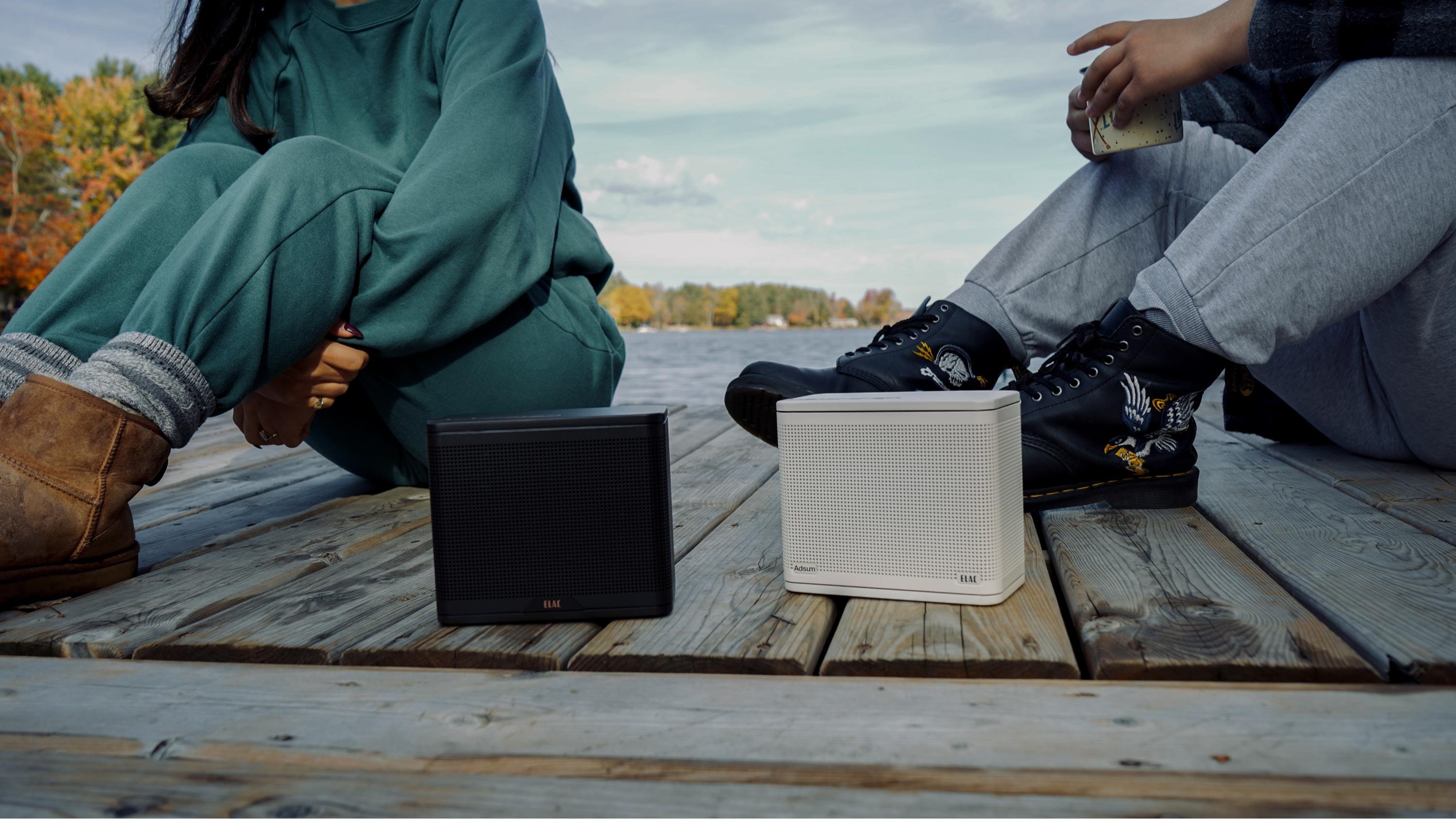My biggest issue with OLED TVs hasn’t gone away – but hope is on the horizon
Despite our constant pleas, chipmakers haven’t bothered addressing the ongoing TV HDMI 2.1 shortage

We’re over halfway through 2024 and that means I’ve had a chance to test some of the year’s most interesting TVs.
And that also means I can safely confirm 2024 is shaping up to be a fantastic, or at the very least interesting, year for OLED. On a personal level, highlights include Panasonic showcasing some incredibly enticing looking OLED sets at a press event I attended earlier this year, including the MLA-equipped Z95A. Then there was Philips coming out all guns blazing with its latest LG C4 rival, the OLED809.
We haven’t had the Z95A, or any of Panasonic’s sets in for testing yet, so I can’t say if my positive first impressions will prove accurate when we review them, but the latter Philips set is undeniably impressive. In fact, it proved to be a significant step forward when it comes to picture quality than the Philips OLED809, which earned it a perfect, five star rating earlier this week.
But, in this sea of good news and interesting developments, one key issue I experience on pretty much any OLED TV that’s not made by LG or Samsung continues – they only feature two HDMI 2.1 sockets, one of which doubles as an eARC.
Why’s that annoying? The answer’s simple, you need an HDMI 2.1 input to run the PS5, Xbox Series X/S or a modern gaming PC at full throttle. Without it the refresh rate is capped at 60Hz, rather than the 120Hz or even 144Hz seen on some sets – though only a powerful PC with a modern graphics card will stretch to the latter.
Then, if you’re a fan of good audio – which you hopefully are as a What Hi-Fi? reader – you need to have an eARC input if you want to connect a Dolby Atmos soundbar or speaker system.
So if you have two consoles and an Atmos set-up you need more than two HDMI 2.1 inputs, if you want to avoid a fair amount of cable swapping. As a man with two cats that will attack any wire you leave unplugged and a veteran Panasonic TX-55JZ1500B user, I can confirm you definitely want to avoid swapping cables as much as possible.
The latest hi-fi, home cinema and tech news, reviews, buying advice and deals, direct to your inbox.
I cannot tell you how many times my cats either destroyed the loose HDMI cable's end or pulled items off the stand, and at one point nearly the TV itself, while tugging on them – the tiny "cuties" are stronger than they look, especially when they work together…
I know for a fact I’m not alone in my annoyance at many TVs' limited HDMI 2.1 connectivity. Our TV and AV editor Tom Parsons, staff writer Lewis Empson as well as several non-work friends all get riled by it as well.
So why don’t more companies load TVs with four HDMI inputs? Sadly the answer is a simple one. The current Pentonic 700 and 1000 chips used in most Sony, Philips and Panasonic OLED TVs only support two HDMI 2.1 inputs. There’s not a lot of competition in the TV chipset market, so TV companies are between a bit of a rock and a hard place, with two options – accept the HDMI issue or invest a lot of money creating custom chips with the necessary functionality.
The only companies willing to go down the latter road are LG and Samsung which use custom chips that support an increased number of HDMI 2.1 inputs. This, plus stellar picture quality, is a key reason why the OLEDs from both are a common sight in our best gaming TV guide at the moment.
Thankfully the situation looks set to change with MediaTek’s latest Pentonic 800 chip confirmed to support four HDMI 2.1 inputs. Industry rumblings suggest its yet-to-be-unveiled successor to the 1000 will follow suit when it arrives at an unspecified point later this year. If so this will be very good news for home cinema fans that also like to game.
Here's hoping it happens.
MORE:
Our picks of the best OLED TVs
We rate the best Dolby Atmos soundbars
All the best 65-inch TVs tried and tested

Alastair is What Hi-Fi?’s editor in chief. He has well over a decade’s experience as a journalist working in both B2C and B2B press. During this time he’s covered everything from the launch of the first Amazon Echo to government cyber security policy. Prior to joining What Hi-Fi? he served as Trusted Reviews’ editor-in-chief. Outside of tech, he has a Masters from King’s College London in Ethics and the Philosophy of Religion, is an enthusiastic, but untalented, guitar player and runs a webcomic in his spare time.
